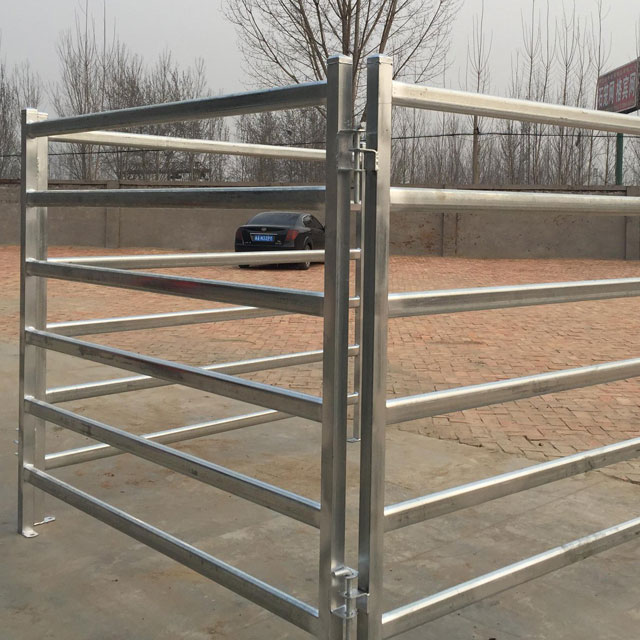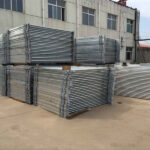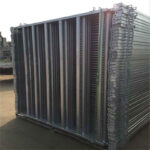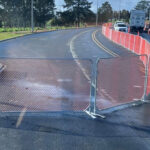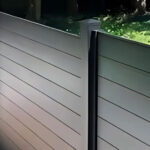Mastering the Art of Loading Cattle Panels in Your Truck: A Comprehensive Guide
Are you a farmer, rancher, or DIY enthusiast looking to transport cattle panels efficiently? Look no further! This comprehensive guide will walk you through everything you need to know about loading cattle panels in your truck. From safety considerations to practical tips, we’ve got you covered. Read on to discover how to make your next cattle panel transport a breeze!
Why This Guide Matters
Loading cattle panels might seem straightforward, but doing it correctly can save you time, prevent damage to your vehicle, and ensure safety on the road. Whether you’re a seasoned pro or a first-timer, this article will provide valuable insights to streamline your process.
1. What Are Cattle Panels and Why Are They Important?
Cattle panels, also known as livestock panels, are versatile fencing solutions used in agriculture and homesteading. These sturdy wire panels serve multiple purposes:
- Containing livestock
- Creating temporary pens
- Building trellises for plants
- Constructing chicken coops
Panneaux galvanisés pour bovins are particularly popular due to their durability and resistance to rust. Understanding the importance of these panels highlights why proper transportation is crucial.
2. How Do You Choose the Right Truck for Transporting Cattle Panels?
Selecting the appropriate vehicle is essential for safe and efficient transport. Consider the following factors:
- Bed size: A longer bed is ideal for full-length panels
- Payload capacity: Ensure your truck can handle the weight
- Tie-down points: Look for secure attachment options
For most situations, a pickup truck with a 6-foot bed or longer is suitable. However, short bed trucks can also work with proper techniques.
3. What Safety Precautions Should You Take Before Loading?
Safety should always be your top priority. Before you begin loading, take these precautions:
- Wear protective gear (gloves, sturdy shoes)
- Clear the loading area of obstacles
- Inspect panels for damage or sharp edges
- Have a helper if possible
Souviens-toi, équipement pour bétail can be heavy and unwieldy, so proper preparation is key.
4. What’s the Best Way to Load Cattle Panels in a Pickup Truck?
Follow these steps for optimal loading:
- Position the truck: Park on level ground with the tailgate down
- Prepare the bed: Place a tarp or padding to protect the truck bed
- Lift carefully: Use proper lifting techniques to avoid injury
- Stack strategically: Place panels flat, alternating directions if needed
- Secure the load: Use ratchet straps or rope to tie down the panels
For longer panels, you may need to angle them diagonally in the bed or let them extend past the tailgate (with proper flagging).
5. How Can You Secure Cattle Panels for Transport?
Properly securing your load is crucial for safety and legality. Try these methods:
- Use ratchet straps at multiple points
- Thread rope through panel openings for added stability
- Consider using a cargo net for extra security
Always check local regulations regarding load securement and use of flags or markers for overhanging loads.
6. What if Your Truck Has a Short Bed?
Don’t worry if you have a short bed truck! Here are some solutions:
- Use a trailer instead of the truck bed
- Angle panels diagonally and secure well
- Consider folding or cutting panels (if appropriate for your needs)
- Rent a longer vehicle for the transport
Remember, safety should never be compromised for convenience.
7. Are There Special Considerations for Long-Distance Transport?
For longer trips, keep these tips in mind:
- Double-check all tie-downs before departure
- Stop periodically to inspect the load
- Be aware of wind resistance, especially with upright panels
- Consider using a tarp to protect panels from road debris
Planning ahead can prevent issues during your journey.
8. How Can You Unload Cattle Panels Safely?
Unloading requires just as much care as loading. Follow these steps:
- Park on level ground
- Remove tie-downs carefully
- Lift panels with a partner if possible
- Use caution when removing angled or stacked panels
- Store panels properly at your destination
Portails à panneaux pour bétail can be particularly tricky to handle, so take extra care with these.
9. What Are Some Creative Uses for Cattle Panels Beyond Fencing?
Cattle panels are incredibly versatile. Consider these alternative uses:
- Garden trellises for climbing plants
- Temporary animal enclosures
- DIY compost bins
- Rustic decorative elements
Their flexibility makes them a valuable asset for any farm or homestead.
10. Where Can You Purchase Quality Cattle Panels?
Look for reputable suppliers who offer:
- Galvanized options for durability
- Various sizes to suit your needs
- Bulk purchasing options for cost savings
Panneaux sur le bétail australien are known for their quality and durability, making them a popular choice among farmers and ranchers.
Key Takeaways for Successful Cattle Panel Transport
- Safety first: Always prioritize proper loading and securing techniques
- Choose the right vehicle: Consider bed size and payload capacity
- Secure properly: Use multiple tie-down points and appropriate straps or ropes
- Be prepared: Have the right equipment and a helper if possible
- Think creatively: Explore alternative loading methods for challenging situations
By following these guidelines, you’ll be well-equipped to handle cattle panel transport like a pro!Remember, practice makes perfect. The more you work with cattle panels, the more efficient and confident you’ll become in handling them. Whether you’re setting up new fencing, creating temporary enclosures, or tackling a DIY project, mastering the art of loading and transporting cattle panels will serve you well in your agricultural or homesteading endeavors.• Always check local regulations regarding load securement and transportation. • Prioritize safety at every step of the loading and unloading process. • Consider the versatility of cattle panels for various projects beyond fencing. • Invest in quality panels and proper transportation equipment for best results. • Don’t hesitate to seek help or rent appropriate vehicles for challenging loads.With these tips in mind, you’re ready to tackle your next cattle panel transport with confidence and ease!
